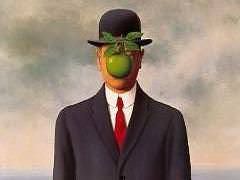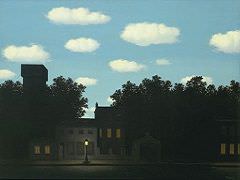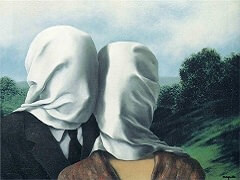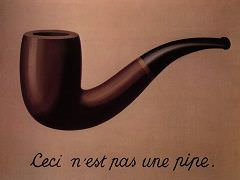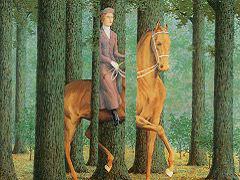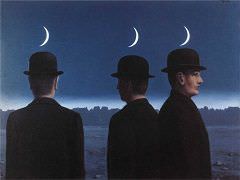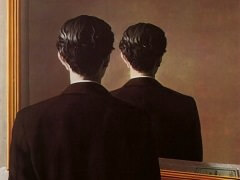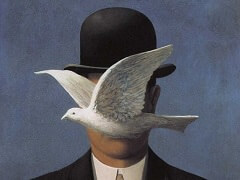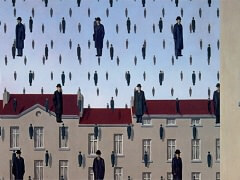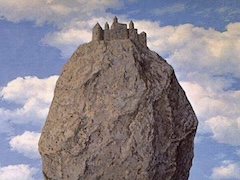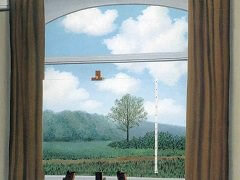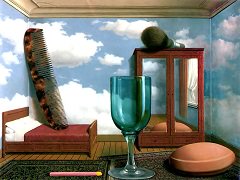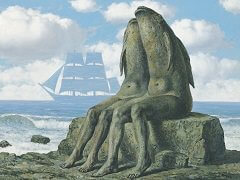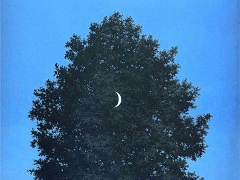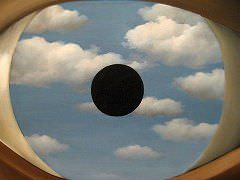La Clairvoyance, 1936 by Rene Magritte
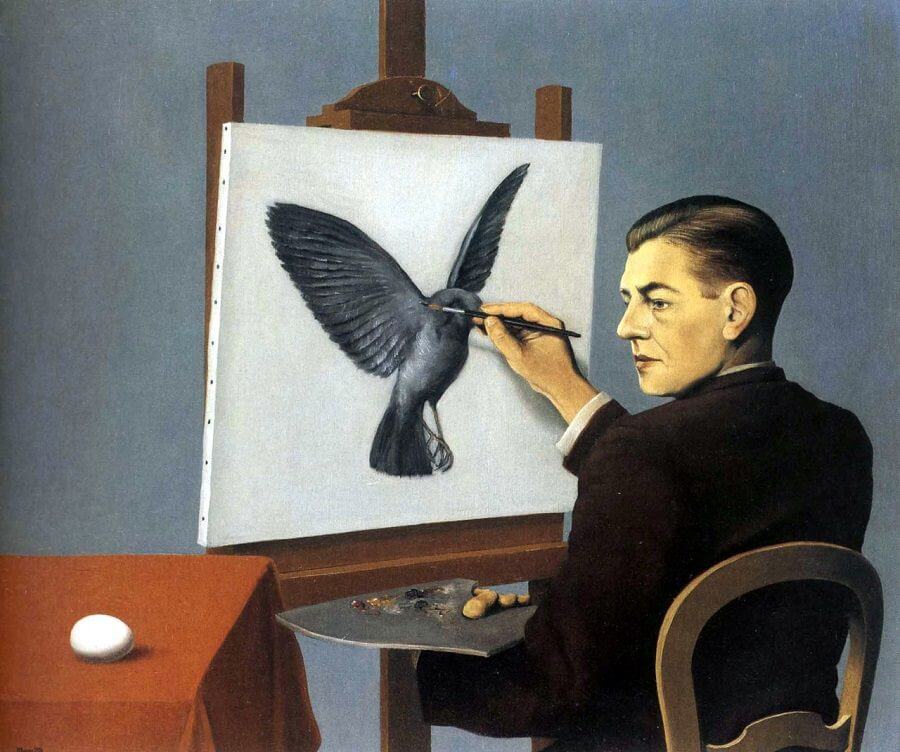
In La Clairvoyance Rene Magritte delivers a self-portrait of himself painting a bird. But, as with all of Magritte's work, there is so much more going on. Not only is he painting a picture of a bird, he is using an unhatched egg as his point of reference. Magritte is painting more than what is right in front of him: he is painting the possibility, potential, the future. Hence the name of this painting: Clairvoyance. Magritte has painted himself painting his perception of the future. Confusing? A bit. Brilliant? Absolutely.
By infusing himself into this picture and entitling it "Clairvoyance", Magritte is delivering a message about himself as the painter: he is clairvoyant, he conveys the future through his art. This painting is therefore as much about him as a painter as it is about the resulting artwork. Though some may perceive this piece as arrogant, Magritte is staking his claim and sharing his philosophy, much like many of his surrealist contemporaries did regularly (i.e.Joan Miro, and Salvador Dali). Magritte is bold enough to use his painting to engage in a dialogue with his viewers.

